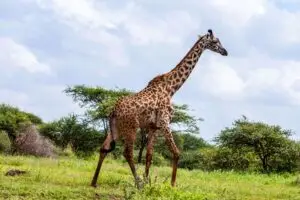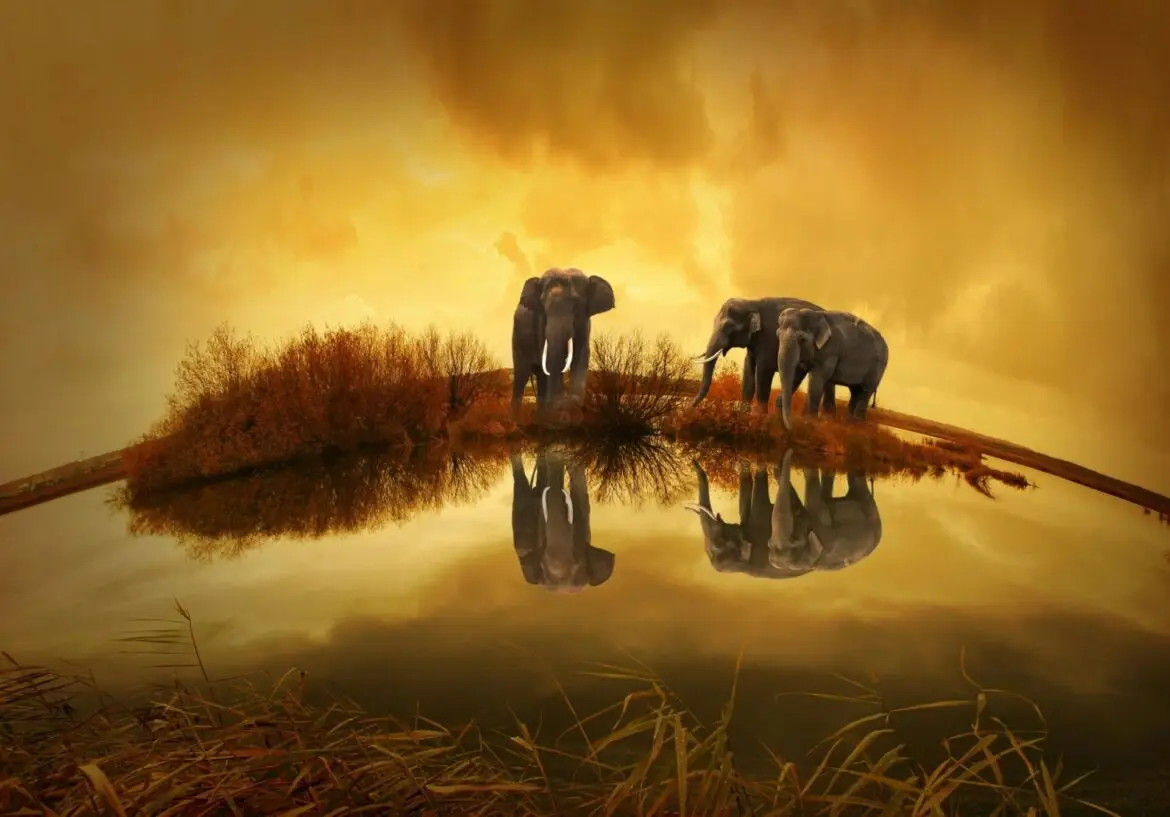Before your visit to a zoo or safari park, immerse yourself in the world of amazing creatures whose unique characteristics will immediately catch your eye: from the inconspicuous Sumatran tiger to majestic condors to hardy desert tortoises - each of these creatures hides unique surprises worth discovering.
South African white rhinoceros
This powerful companion, the last great herbivorous force after elephants, usually lives in larger groups - however, males prefer solitude and mark their territory with feces. Their wide, square snout is fascinating, which they curl over the years with mud baths. This simple trick serves to cool the body and protect against parasites.
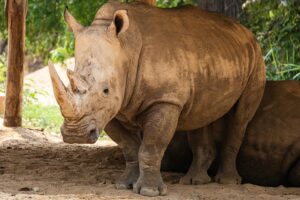
Sumatran tiger
Small but all the more dangerous, the Sumatran tiger is adapted to the dark forests of its homeland in Indonesia. It has the ability to silently approach its prey and surprise it with an attack. At short distances, it can reach speeds of up to 65 km/h, making it a sensational hunter in the jungle.
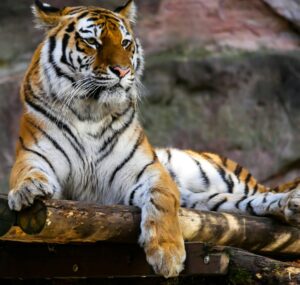
Desert tortoise
Living in the extreme conditions of the US and Mexico, the desert tortoise digs a deep tunnel that provides shelter from the heat – sometimes up to 9 meters long. It collects rainwater in natural holes and can survive for up to a year without a new source of water, as it stores it in its bladder. In addition, males sometimes engage in fights during which they knock each other over with their caps – a wonderful behavior for defending social boundaries.
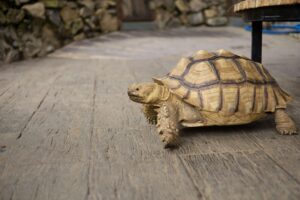
Platypus
One of the strangest mammals in the world, it looks like a collage of different creatures – a duck’s beak, a beaver’s body and an otter’s tail. The male is equipped with poisonous spines on its hind legs – the venom is strong enough to cause severe pain to humans. Water is its kingdom – it hunts with its eyes and nose closed, but with a highly sensitive muzzle that recognizes its prey.
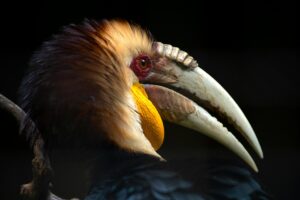
Przewalski's horse
Considered the last truly wild horse, it was once nearly extinct. Thanks to reintroductions, it is now back on the steppes of Asia and in three groups – dominated by strong family packs led by males. Genetic studies are raising questions about whether it is more likely a return of the wild descendants of domesticated horses, opening up debates about the definition of wildness.
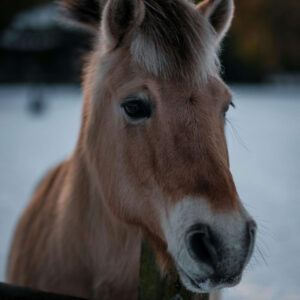
California condor
An impressive North American invertebrate with a wingspan of almost 3 meters. It moves at altitudes up to 4,600 m and survives on dead animals - its trips cross state and country borders. The population has recovered thanks to supportive breeding, but it is still a critically endangered species with slow reproduction and need for protection.
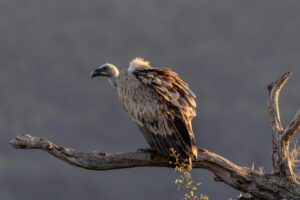
Deer Father David
The unusual antler-like species lives in mud and floodplains, with front antlers as long as the back ones. It was once native to the floodplains of China – it went extinct there, but thanks to captive conservation in Europe, it managed to recover and return home in 1985.
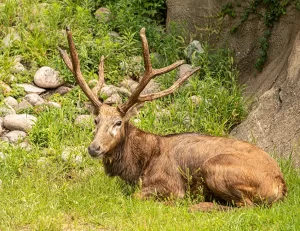
Okapi – forest giraffe
These names are rightly abound for this curious creature with striped hind legs like a zebra and the body of a deer. It is the closest relative of the giraffe, and lives in the dense rainforests of the Republic of Congo. It uses its long tongue as a clever tool for plucking leaves. In addition to plant food, it consumes mud for minerals and has a four-chambered stomach – a remarkable example of evolutionary adaptation.
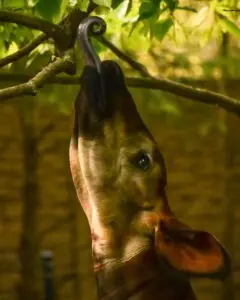
Axolotl (Ambystoma mexicanum)
This unique Mexican salamander retains its baby-like appearance throughout its life – a phenomenon called neoteny. But its real miracle lies in its ability to regenerate entire limbs, heart, parts of the brain and spinal cord. . Scientists are investigating its regenerative abilities in the hope of helping develop methods for regenerating human tissues.
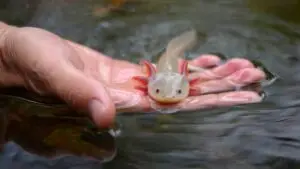
Mantis shrimp (stomatopods)
This small marine predator has the most powerful punch in the animal kingdom – its “hammer” limb can travel at speeds of up to 80 km/h (50 mph), can break gastropod shells and even shatter aquarium glass . In addition, they have incredibly complex vision – up to 16 photoreceptors, they perceive UV and polarized light.
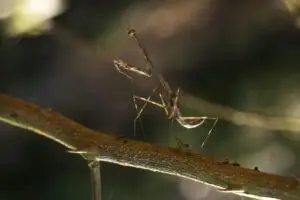
Arctic fox (Vulpes lagopus)
This small fox of harsh polar regions retains a thick coat that allows it to survive temperatures as low as -70°C. . In winter, its undercoat turns white to better camouflage itself in the snowy landscape, making it a master of camouflage. .
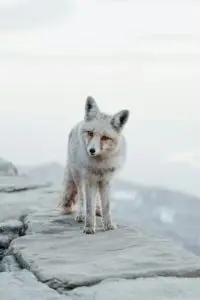
Honey badger (Mellivora capensis)
The ruthless fur-eater of the African savannah is renowned for its fearlessness – it has been documented attacking snakes, hyenas and even lions. Without the threat of a bite, it boldly bakes its honey – after which it gets its name. . It belongs to the species that are not afraid of the largest predators.
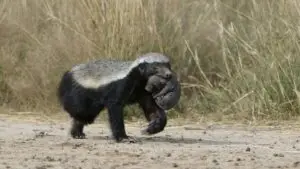
Giraffe (Giraffa camelopardalis)
The giraffe, the tallest land animal, has a tongue up to 45 cm long, dark in color providing protection against sunburn. . We know from the story that the cubs have to learn to stand immediately after birth - the mother often kicks them roughly so that they can stand up faster and be ready for predators..
